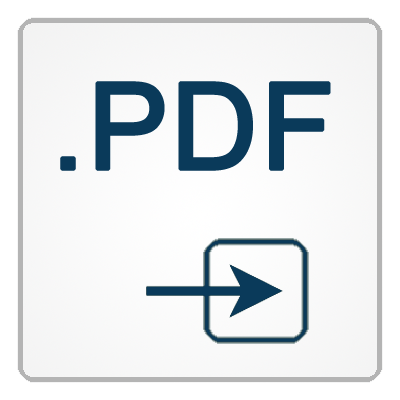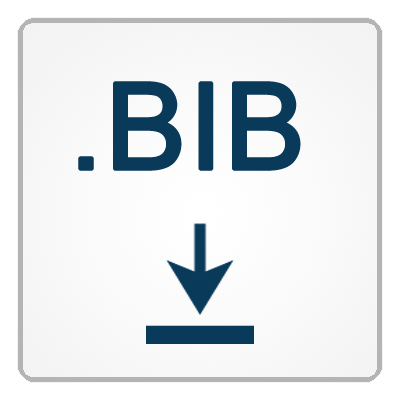Speech-to-text in upper Sorbian: current state
Abstract:
This study presents recent advancements in Upper Sorbian Speech-to-Text (STT) technology. We provide an overview of the Sorbian languages, the available speech and language resources, and the development of an STT system based on a traditional approach, which includes acoustic, pronunciation, and language modeling. Due to the scarcity of resources for Sorbian languages, our approach leverages sub-word and word-class modeling techniques. The word-class modeling is based on Finite-State Transducer definitions, which are applicable to both offline text parsing and integration into the decoding graph of the STT system. Word-class parsing is performed on the speech corpus and utilized for language modeling with complete words, sub-word units, or both. Additionally, the same definitions can be applied to Named Entity Recognition during the post-processing of recognized transcriptions. This approach significantly reduces out-of-vocabulary words and enables greater customization of the recognizer for domain-specific applications. The system was implemented for the real-time transcription of church sermon broadcasts in Upper Sorbian. The domain-specific system achieved performance comparable to fine-tuned OpenAI Whisper models developed also by other initiatives while also providing a resource-efficient solution with semantically tagged recognition results.


